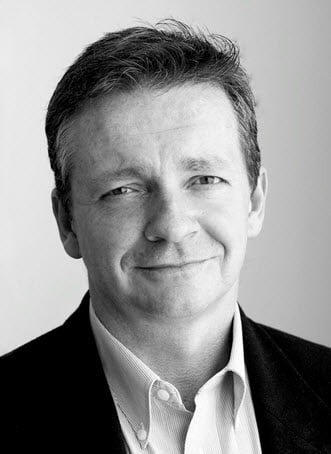Innovation
Innovation is always a topic of interest to me. This post covers an approach to Innovation that I found helpful and was inspired by Frank Connolly of Think Quick. He is working with SEMMA as part of their Future of Manufacturing project which we are supporting.
The first thing that always comes up is the question of “What is Innovation“? After all, it is a word that has been done to death and nearly everything has to be Innovative or else it a dinosaur. Here are a few of the definitions I have heard over the years and the sources:
- Innovation is the application of better solutions that meet new requirements, unarticulated needs, or existing market needs. Wikipedia
- Innovation is “Change that creates value”. Frank Connolly
- Innovation is a “Change that adds value”. Roger La Salle
- Innovation is a change that is intended to be an improvement. Ray Keefe
- Innovation is “something new or different introduced”.
- Innovation is “The act of introducing something new”. The Free Dictionary.
- “Innovation generally refers to renewing, changing or creating more effective processes, products or ways of doing things.” The Australian government business website.
All of these involve the idea of change or something new, coupled with improvement or increase in value. So I think I’m happy that the meaning of Innovation is fairly consistent when you look beyond the word at the formal definitions. Some are easier to understand than others.
What I think has happened is that the process of Innovating has become such a grand design that it can now only be done with a 155 page strategy document, a think tank and the aim of revolutionising a market in one single step. In other words, it has become nearly impossible to do.
Clayton Christensen in his book The Innovator’s Dilemma showed us that the business drivers of our current customers blinds us to emerging but currently unsuitable technology that eventually takes over our market. This has led to a focus on Innovation that looks to be disruptive as its primary goal. And I have come to the conclusion that this has hampered our attempts at Innovation. We have set the bar too high. And this isn’t what Innovation was about. Just a way of looking at a specific type of Innovation.
Practical Innovation
So this is where Frank Connolly got my attention. He is saying a similar thing. That Innovation itself isn’t the hard bit, it is the way we think about Innovation that makes it hard. He runs a training program DIY Innovation which includes looking at Practical Innovation. This is a training course anyone can sign up for and definitely great value having just done a core component of it as part of the SEMMA Future of Manufacturing project.
Frank’s premise is that we are creatures of habit and that it is the habit, not the ability to think, that is the problem. He also sees Innovation as having been made to seem way too difficult for ordinary people to do. You have to be an Innovation Super Hero with a triple PhD in something and a weirdly wired brain in order to pull off actual Innovation.
What Frank teaches includes material that has the following characteristics:
- Has been proven to work in practice
- Is clear and understandable to anyone
- Is logically structured so you can follow it clearly
- Is intended to be used at every level of an organisation and not just by an elite leadership team
I’m not going to try and reproduce what I learnt at the workshop but instead to share with you the three most important ideas I came away with.
- Innovation can and should be done by everyone!
- Do lots of small, simple, structured experiments and document them in a consistent manner.
- You should expect at least half your experiments to fail.
Everything else flows from those three fundamental ideas. And Frank took the time to lay a proper foundation with lots of examples as well as some models of problem types in order to ensure we understood everything and were able to then go and do it. And the reason half your experiments should fail, is that you are looking to discover something new and so you can’t predict when and how you will find it. Many things can be progressed by removing a small but significant obstacle.
The main problem he has is that once he has done this, it looks too simple. Surely Innovation is hard. So can Innovation really be done by mere mortals? It seems it can after all.
Frank Connolly is the founder of Think Quick and consults to governments and businesses across the globe.
Successful Endeavours specialise in Electronics Design and Embedded Software Development. Ray Keefe has developed market leading electronics products in Australia for nearly 30 years. This post is Copyright © 2014 Successful Endeavours Pty Ltd





